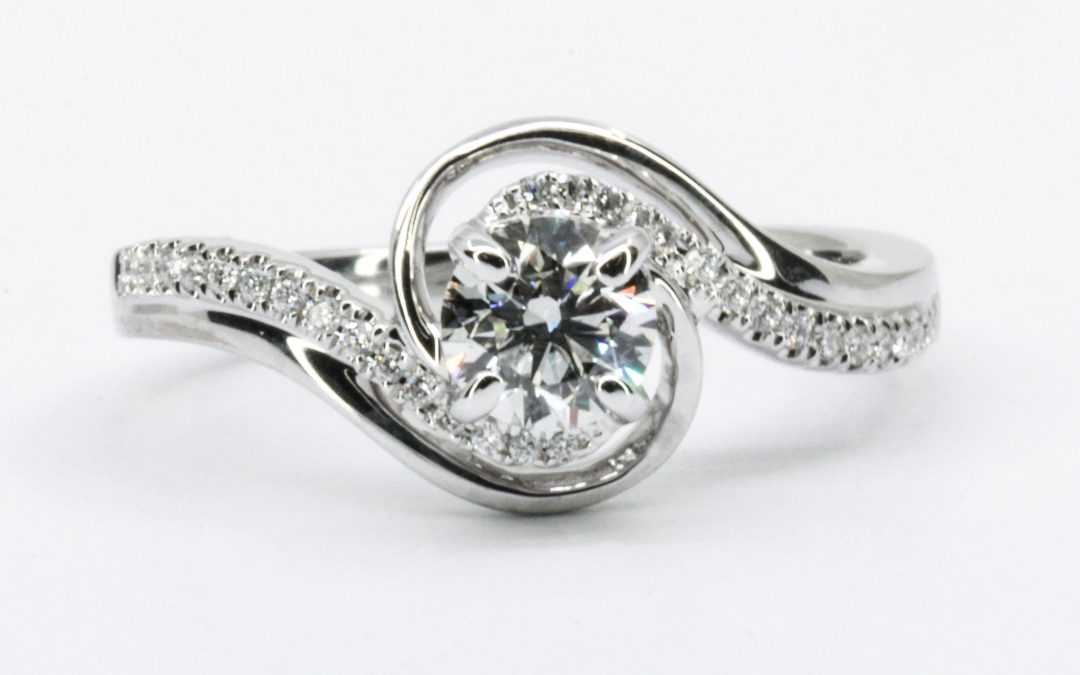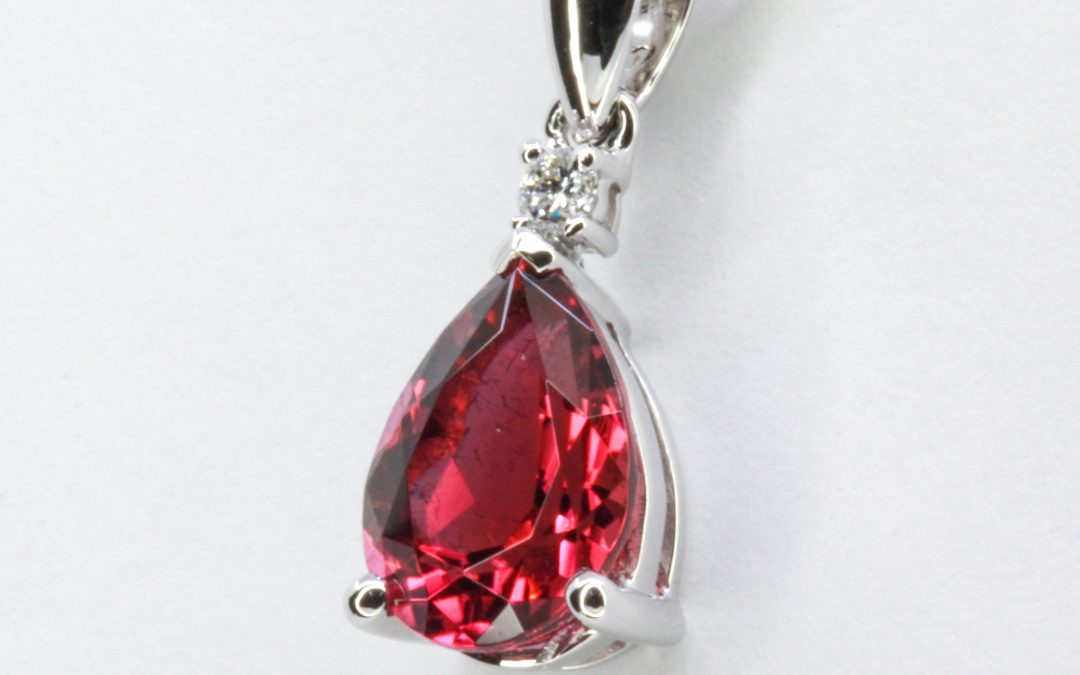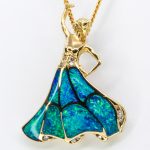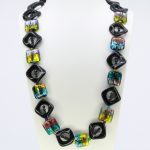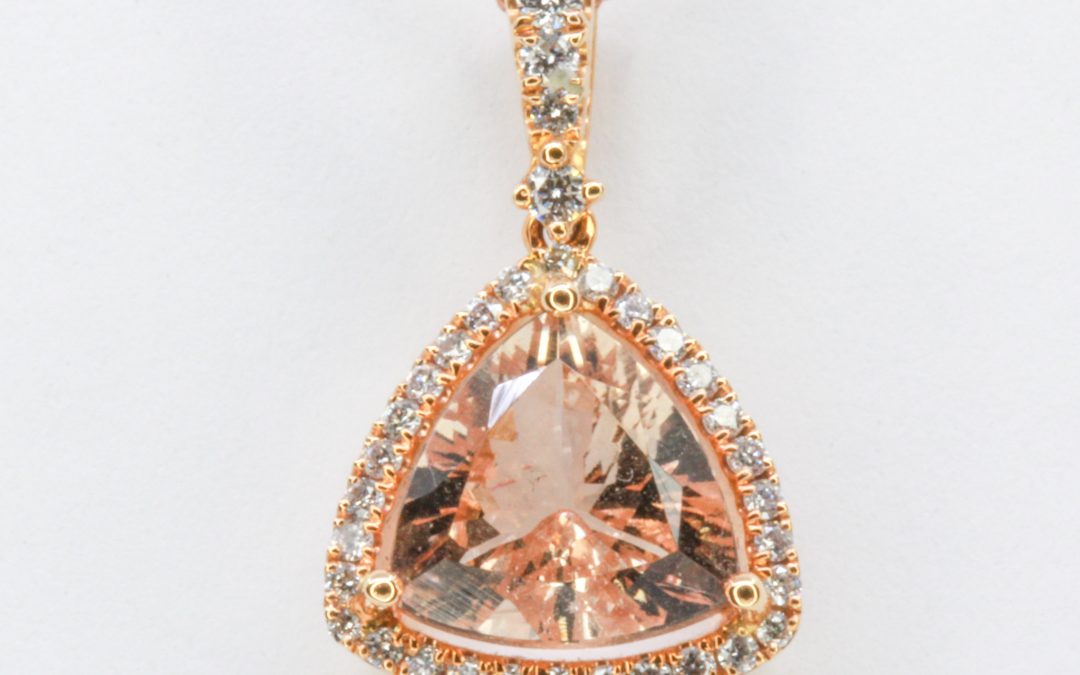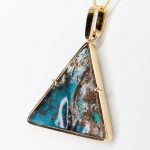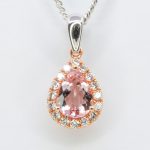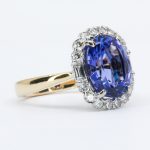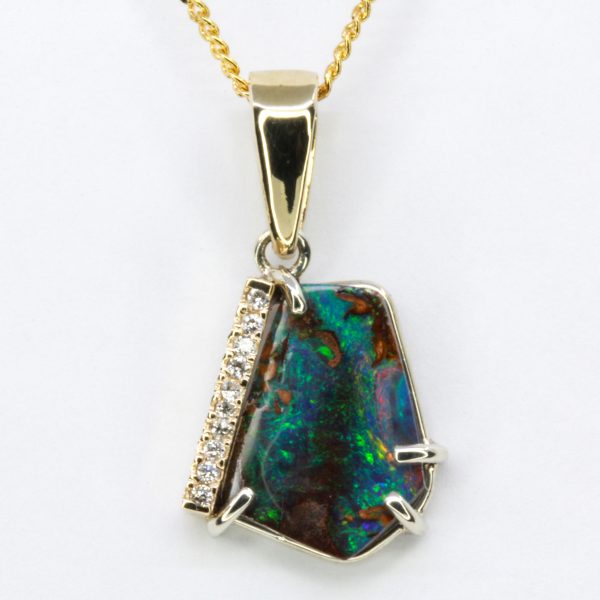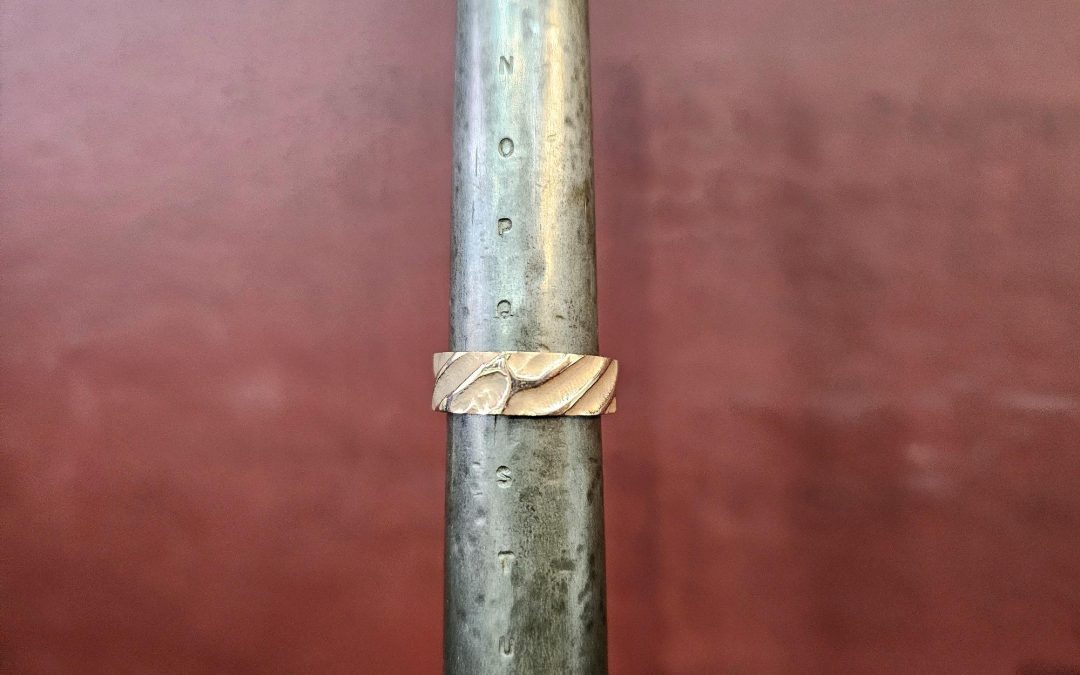Choosing an engagement ring is a significant decision, and it’s essential to consider your partner’s preferences, your budget, and the overall significance of the ring. Here’s a “bloke’s guide” to help you pick an engagement ring:
1. Understand Your Budget:
– Determine a realistic budget for the engagement ring. This will guide your choices and help you find a ring that meets both your financial comfort and your partner’s expectations.
2. Learn the Basics:
– Familiarise yourself with the basic components of an engagement ring, such as the band, setting, and the “Four Cs” of diamonds (cut, colour, clarity, and carat weight).
3. Know Your Partner’s Style:
– Pay attention to your partner’s style preferences. Consider the jewellery they currently wear – do they prefer traditional, modern, vintage, or minimalist styles? Take note of metal preferences (yellow gold, white gold, rose gold, platinum).
4. Ring Size:
– Ensure you know your partner’s ring size. You can discreetly borrow a ring they currently wear or ask friends or family for assistance.
5. Research the 4 Cs:
– If you’re choosing a diamond, understand the importance of the Four Cs. Balance these factors based on your partner’s preferences and your budget.
6. Consider Alternative Gemstones:
– While diamonds are traditional, you should also consider alternative gemstones like sapphires, emeralds, opals or rubies. They can offer uniqueness and often may even come with lower price tags.
7. Think About the Setting:
– The setting can significantly influence the overall appearance of the ring. Discuss with the jeweller about different settings, from classic solitaires to more intricate designs. Trillogy’s, halo’s, claws or bezels. Put in some research and consider your partners taste and style.
8. Get Input from Friends or Family:
– If you’re unsure about your partner’s preferences, consider discreetly asking friends or family members for advice. They may have insights that can guide your decision.
9. Personalisation:
– If you want to add a personal touch, consider customising the ring. This could involve engraving a special message, using a particular coloured stone or choosing a unique setting.
10. Consider the Long-Term:
– Think about the long-term durability of the ring. Some metals and settings may require more maintenance than others, so consider your partner’s lifestyle and how practical the ring will be for everyday wear. Band thickness plays a significant role in the longevity of the ring. The thinner the band, the quicker it will wear out!
11. Be Open to Feedback:
– If you’re unsure about a specific style or design, don’t hesitate to involve your partner in the decision-making process. Many couples choose the ring together or discuss preferences beforehand.
Remember, the most important aspect of the engagement ring is the love and commitment it symbolises. Taking the time to understand your partner’s preferences and making a thoughtful choice will make the moment even more special.



 Sign in
Sign in Cart
Cart